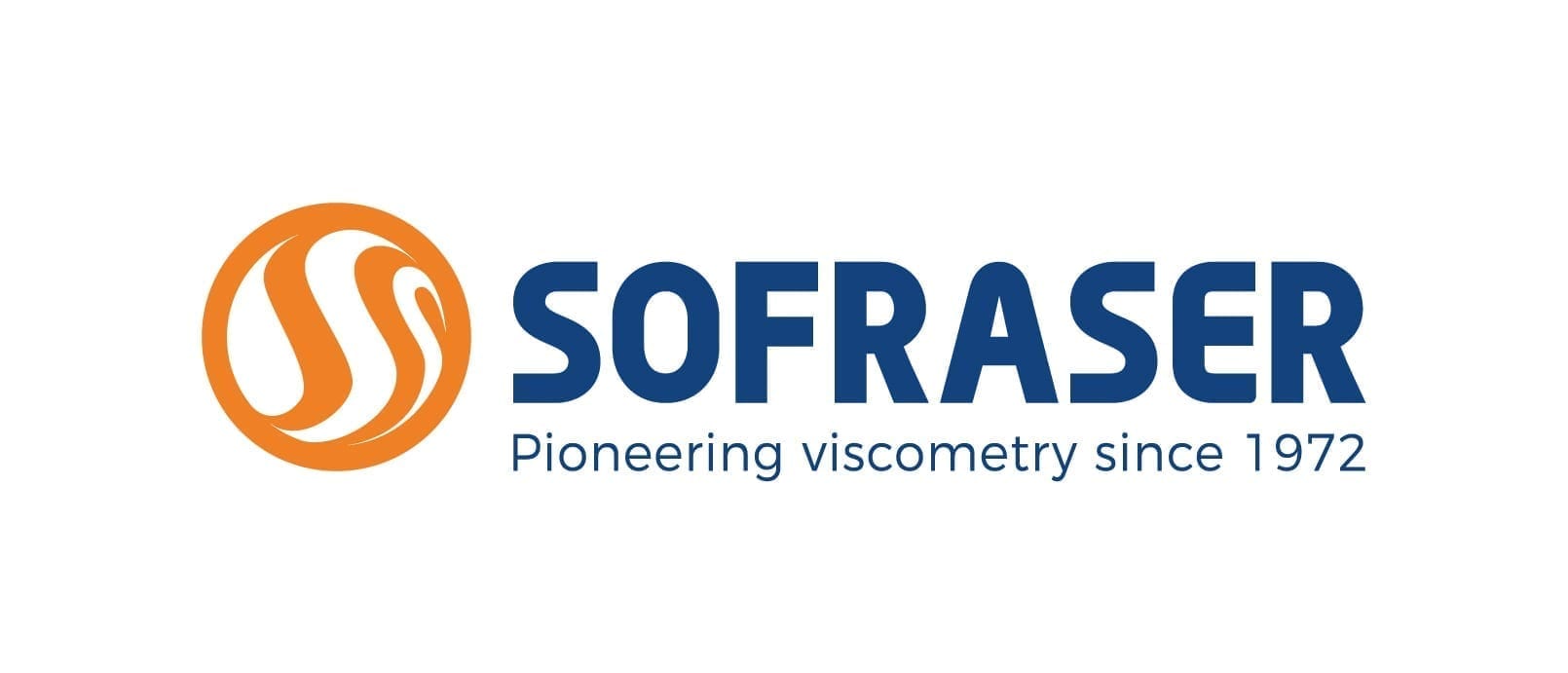OUR F.A.Q.
Why would I need a process viscometer?
- to have real-time feedback regarding product evolution or stability,
- to avoid bad production, scraps, rejects and waste,
- to minimize raw materials consumption,
- to optimize process control,
- to control product quality,
- to verify the quality of purchased goods,
- to reduce the number of laboratory measurements.
What should I look for in a process viscometer?
- robustness to avoid unnecessary maintenance and downtime
- repeatability to get timely and reliable information
What technology is used in sofraser viscometer?
In 1981, Sofraser patented the first viscometer maintained in vibration at its resonance frequency. More than 40 years later, we still use this technology because it has been proven to be the most reliable and precise for process viscosity measurement.
What is resonance frequency?
It is the natural vibration frequency of a mechanical system (like a diapason). The resonance frequency allows a system to oscillate with the greatest amplitude of a vibration. In our system, the amplitude of the vibrating rod is about 0.1 mm.
Using this principle makes our instruments unaffected by external vibrations and explains the outstanding reliability.
If the instrument uses vibration for measurement, won't process vibrations disturb the reading?
How is sofraser's sensor calibrated?
How often do I have to re-calibrate the sensor?
Is the installation of the sensor difficult?
Do I need special skill to start-up the viscometer?
How often do we have to clean the probe?
When cleaning the process, leave the viscometer in place. The motion of the vibrating rod combined with the cleansing solution washes the sensor.
What kind of maintenance is required?
The MIVI is delivered with a 7-year warranty.
What if I need to check calibration?
Can I measure non-newtonian (pseudoplastic, thixotropic, etc.) fluids?
What are the sensor's limitations in process?
What materials and coatings are available?
What mountings are available?
If I cannot use standard mountings, what are my options?
Why do I need the electronics?
Can 1 PLC supervise several sensors?
Do the electonics have temperature compensation?
What type of outputs/relays do the electronics have?
What is the maximum distance between the sensor and the electronics?
How are repairs and service handled?
What if I want to change an electronics unit but keep the sensor?
Where can I find my serial number?
What FM classifications does your sensor carry?
What ATEX or IECEx classifications does the viscometer carry?
In Zone 1: II 2GD
Ex db IIC T6..T1 Gb
Ex tb IIIC IP6X T75..T180 Db
In Zone 0: II 1 G
Ex ia IIC T6…T1 Ga


